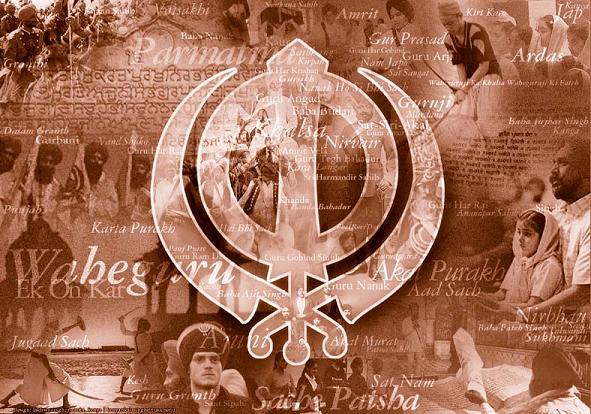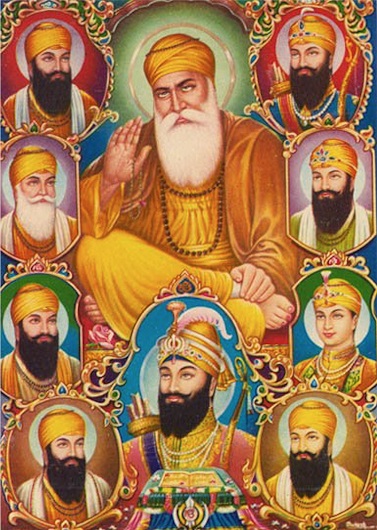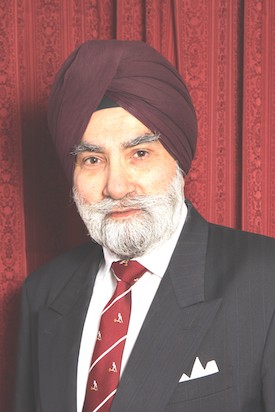“Only heterosexual marriage can provide a healthy environment for bringing up children and for catering for the needs of the human society.”
Background
Equal civil marriage consultation by the UK government.
This consultation sets out the government's proposals to enable
same-sex couples to have a civil marriage.
The key proposals of the consultation are:
- to enable same-sex couples to have a civil marriage i.e. only civil ceremonies in a register office or approved premises (like a hotel)
- to make no changes to religious marriages. This will continue to only be legally possible between a man and a woman
- to retain civil partnerships for same-sex couples and allow couples already in a civil partnership to convert this into a marriage
- civil partnership registrations on religious premises will continue as is currently possible i.e. on a voluntary basis for faith groups and with no religious content
- individuals will, for the first time, be able legally to change their gender without having to end their marriage
Current legislation allows same-sex couples to enter into a civil
partnership, but not civil marriage.
Introduction
This article is not concerned with sexual orientation or
inclination, or any other condition which may give rise even to
sex crimes, and which may or may not arise from biological or
gene-based factors. Those abnormalities may need psychological
and/or medical treatment.
This article is concerned with the legitimisation of homosexual
behaviour now seeking social, legal and even religious acceptance
as a human right; and going further, to get it recognised through
the institution of marriage – civil and even religious.
Powerful homosexual political lobbying is at work in western
societies.
Gurbani based view
“...... much of Sikh teaching is couched in metaphors from family life. Even the adoration of God is explored in terms of the closest relationship that humans can comprehend - that between a man and a woman. The heterosexual relationship is defined as sacred in Sikhism; an honest family life is described as the first duty - the primary religion of humans.”
Dr I J Singh “Same Sex Unions”
Gurbani, the Guru’s Word in Sri Guru Granth Sahib, the Sikh Holy
Scripture, places stress on the control of five forces in human
nature, which, when not controlled through self discipline, become
five human vices. These are:-
- kaam: lust or uncontrolled sexual desire;
- krodh: uncontrolled anger (gussa as referred to by Bhagat Farid);
- lobh: greed, the desire to hoard (mostly) un-earned wealth or to possess another’s wealth/property;
- moh: excessive attachment , ultimately the cause of much grief at the loss of those near and dear; and,
- ahankaar (hankar) or haomai: ego,
conceit or self-centredness.
There is no evil entity (Devil) in Sikhi(sm); only the above five forces (panch soorbir or five "mighty warriors"), the human being is constantly at war with. For that reason, a Sikh is constantly seeking the Guru’s support to fight and defeat them. Yet, it may be argued that all these five life forces serve the needs of the human society in their positive and disciplined forms:
- sex (kaam) within the bounds and discipline of marriage for procreation;
- just anger (replacing uncontrolled wrath) in dharam yudh (righteous and just war) in defence of human dignity and the weak;
- the good practice of thrift and saving (replacing greed or lobh) from one’s honest earnings for the rainy day and economic wellbeing;
- a detached but caring, loving and responsible attitude towards own family and relationships, as distinct from excessive attachment (moh); and,
- self-respect (swai-maan) for a positive attitude to succeed in life and never to accept defeat.
Gurbani and Sikh tradition says much more about each of the five
life forces, kaam, krodh, lobh, moh
and ahankar, to show how they can be harnessed through
Guru's Grace (Kirpa or Nadar).
These forces can be channelled to serve the needs of the human
society and for developing rounded personalities.
Yet all the five life forces are like fires which can consume and
destroy the human being physically and spiritually.
Our concern here is with the first force, kaam or
uncontrolled sexual desire; and the urge to satisfy it under the
mistaken belief that the fire of sex can be extinguished without
self discipline. Nay, the more this fire is fed the higher shoot
its devouring flames! The antidotes for kaam, as for all
human vices and ailments, are constant God awareness (Naam
simran) and total dedication to service in humility (seva)
of Lord’s creation and fellow human beings. Both, simran and seva
(piri-miri or spiritual-temporal aspects) being the twin
track approach to life as one follows the path of Sikhi.
Kaam can have many shapes and its identification with
different leanings of hetero, homo and lesbian sexuality,
polygamy, child abuse, sex between siblings, bestiality and abuse
in other forms, are artificial. It is important to confront the
naked truth and nature of kaam itself.
More so in the context of homosexuality and the so called same sex
unions between “consenting adults”, now aspiring towards formal
“marriages”. Where does it all end ?
It is not surprising that UK Prime Minister David Cameron’s
adviser on family issues, Reg Bailey is reported to have said that
“the proposed reforms would risk polygamy and marriage between
siblings.” This is a wake-up call to the human society.
Regrettably, modern social freedoms and lack of any moral
discipline, runaway consumerism driven by competing market forces
and lobbying power, have weakened any religious or social control
over these destructive forces in human nature.
There is nothing new about homosexuality as a form of sexual abuse
of which no society or individual has been proud i.e. until recent
times! Like most malpractices and abuse of the sacred human body -
this “temple of God” according to Gurbani - or vulnerable groups
like children, it has remained underground or confined to prisons
or cults. That is no longer the case, and world religions have to
face this challenge according to own codes of conduct, and advise
and guide society accordingly.
The institution of marriage in Sikhi
The institution of married life is at the core of Sikh religious
teaching.
Sikh religion rejects celibacy and asceticism and condemns
promiscuity regardless of sexual leanings.
Sexual relationship is allowed within the bounds of a “marriage
of bliss” (Anand Karaj) which unites a man
and a woman as “one soul” (ek jyot), for
the purpose of begetting and raising children in a caring and
loving family environment.
“Mother” and “father” in a family, provide gender role models,
sustenance and security for children to grow up as responsible
world citizens. Heterosexual family environment would influence
a growing child’s healthy concept of sexuality and its place in
human society. It is the religious and traditional Sikh view
that only the heterosexual family-unit can provide all the basic
needs of growing up children.
There are numerous references to "dhan" (wife) and "pir"
(husband) (e.g. SGGS Anks 435,436,483,770,788,1263....). Most
Gurbani students would would agree with Dr I J Singh when he
wrote,"......much of Sikh teaching is couched in metaphors from
family life. Even the adoration of God is explored in terms of the
closest relationship that humans can comprehend - that between a
man and a woman. The heterosexual relationship is defined as
sacred in Sikhism... For example, it would take some stretch of
imagination to suggest that "ek jyot doay moorti" (SGGS
788) - one spiritual light (spiritual union) in two bodies -
refers to union of two male or two female bodies!
Sex of any variety (!) outside matrimony is strictly forbidden.
Sikh teachings caution men and women against over indulgence in
sex oriented thought and activity (kaam). Self discipline
and control is taught through constant God awareness (Naam
simran) and social activism (seva).
The Gurdwara
Sikhism is an inclusive religion and the Gurdwara is open to all,
regardless of gender, religion, sexual leanings or any form of
handicap. This means that it would be against the spirit of Sikh
religion to discriminate against anyone for having homosexual
bias, by barring him or her from the Gurdwara i.e. from taking
part in holy congregation or partaking food in the community
kitchen (langar).
However, a self confessed practising homosexual would not be
regarded as the ideal person to teach, preach, lead
congregational prayers or take part in any managerial role of a
Gurdwara.
The above would apply equally to those who do not fully subscribe
to and poractise the Sikhi way of life which rejects celibacy and
opt-out life negating life-style.
Conclusion
Sikh religion promotes virtuous, chaste and monogamous
heterosexual marriage and productive social life. Opt-out and
monastic life style, which does not engage in social activism,
is rejected. Only heterosexual marriage can provide a healthy
environment for bringing up children and for catering for the
needs of the human society.
For the above reasons, in January 2005, the Jathedar
(custodian) of Sri Akal Takht Sahib, Amritsar, Punjab, India,
the highest seat of Sikh temporal-religious (miri-piri)
authority for interpreting Sikh teachings, issued an edict
denouncing same-sex marriages, and urging the worldwide Sikh
community not to allow such marriages to take place at any
Gurdwara.
© Copyright Gurmukh Singh (U.K.)
E-mail: sewauk2005@yahoo.co.uk
Please acknowledge quotations from this article
Articles may be published subject to prior approval by the author


